
Mesut Özil’s departure from Arsenal in January created a vacancy in the Gunners’ number 10 shirt, one which will surely be filled this summer.
The former German international didn’t feature at all for Arsenal in 2020-21, so his first season in the 10 proved to be the only one. Whoever succeeds him will be the seventh player to wear the number for the North London club in the squad-numbers era.
Paul Merson (1993-95)

Having not worn any other number as a starter since the beginning of the 1989-90 season, Merson was the obvious choice to be given 10 when squad numbers were trialled for the 1993 domestic cup finals and then carried on into the 1993-94 campaign.
While he was still doing the business on the field, helping the club to win the 1993 FA Cup and Cola-Cola Cup and 1994 European Cup Winners’ Cup, Merson’s personal life was in turmoil and he missed a large chunk of 1994-95 as he went through rehabilitation for drug and alcohol addiction.
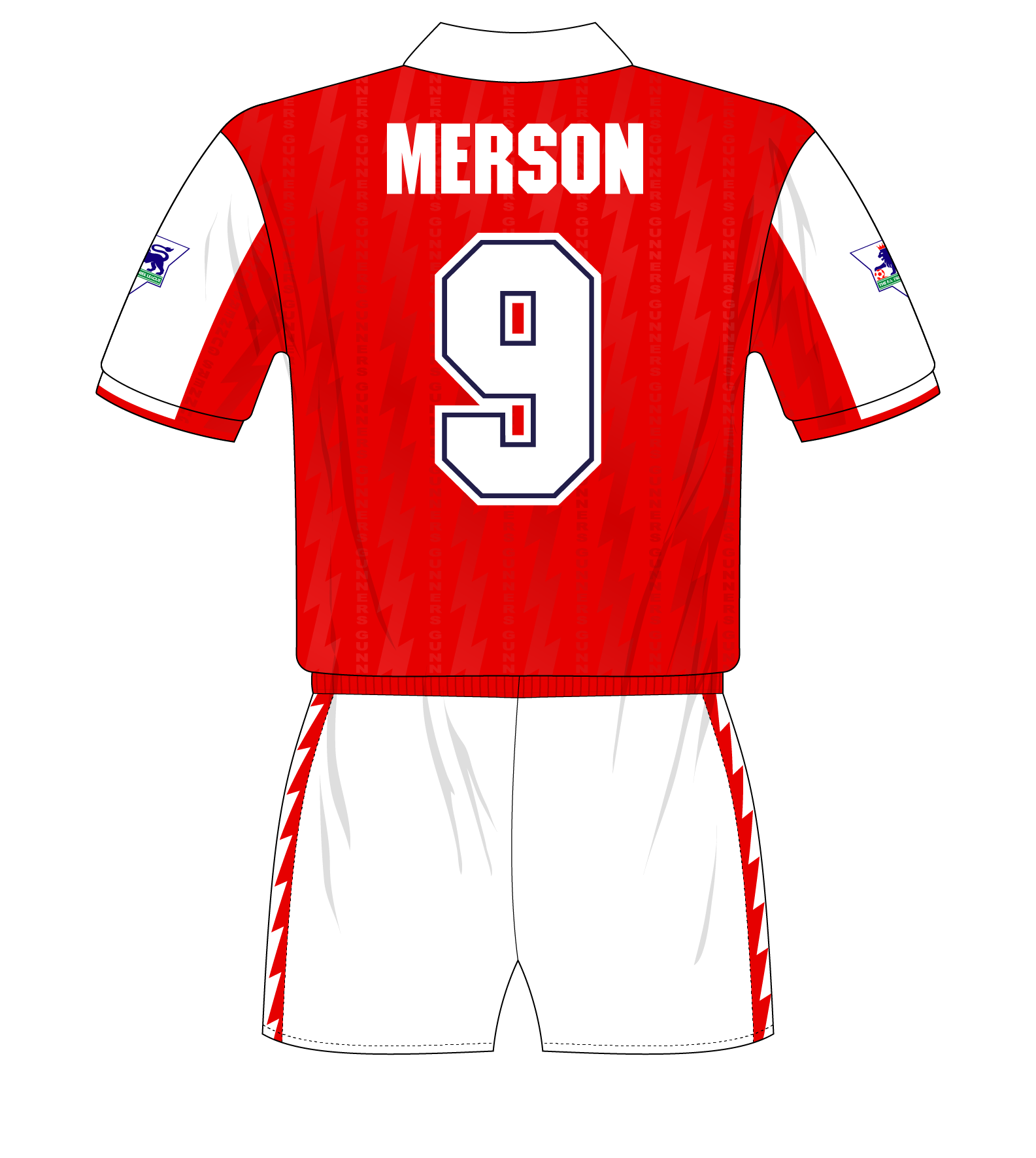
With the arrival of Dennis Bergkamp in 1995 (see below), Merson switched to the number 9 freed up by the retirement of Alan Smith – he is the only Arsenal player to switch from 10 to another number.
Dennis Bergkamp (1995-2006)

While he had worn 7 for Ajax and the Netherlands when operating as a right winger earlier in his career – and would later don 8 and 9 for his country – 10 was the Dutchman’s favourite number and he requested it upon his signing from Internazionale for £7.5m.
He had struggled in Italy and took time to get off the mark for Arsenal but once he found his feet, he became of the English game’s most successful imports. You mightn’t always know where the ball is going on a roulette wheel at an online casino, but you did when it was at Bergkamp’s feet – and still teams couldn’t stop him.
Berkgamp won league medals in 1998 and 2002 – with Arsenal winning the domestic double in each case – and the famous ‘Invincibles’ season of 2003-04, while there were FA Cup wins in 2003 and 2005 as well. His final season with Arsenal was also the club’s last at Highbury and each home game was designated as a particular day of appreciation – fittingly, his final goal came on Dennis Bergkamp day against West Bromwich Albion on April 15, 2006.
William Gallas (Arsenal)
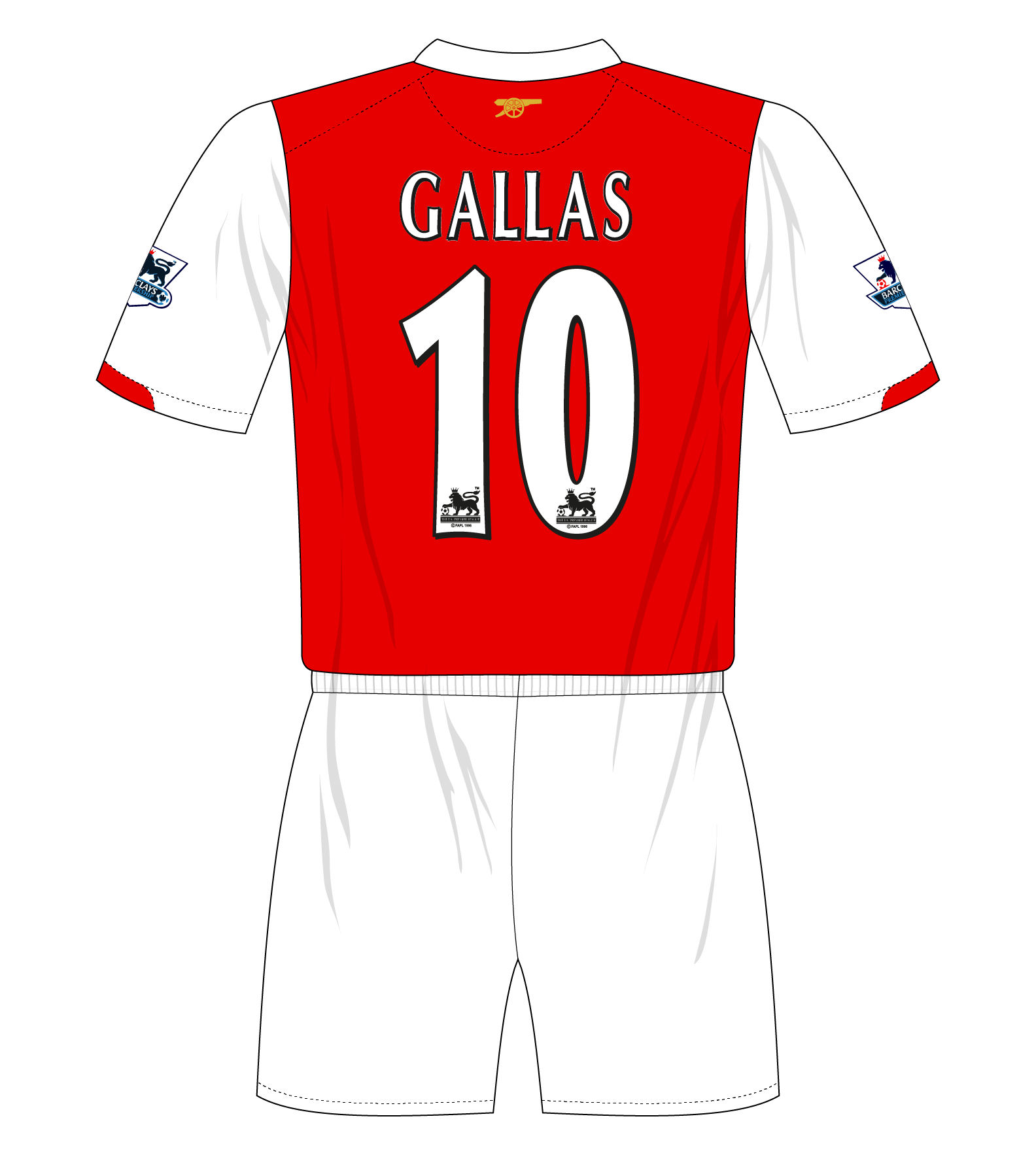
Rather than burdening a striker with the pressure of following Bergkamp as number 10, Arsenal manager Arsène Wenger instead assigned it to a player who operated elsewhere – in 1998, he had done similar, giving Ian Wright’s number 8 to the newly arrived Fredrik Ljungberg.
Number 8 on a wide midfielder wasn’t too strange, but the identity of Arsenal’s new 10 took some adjusting – centre-back William Gallas, who joined from Chelsea in a swap deal with Ashley Cole just before the end of the summer 2006 transfer window.
Initially, the Arsenal website said that Gallas would wear the 3 vacated by Cole but the French international did not to do that – part of the reason for leaving Chelsea was the fact that the club had taken number 13 from him and given it to Michael Ballack, trying to assuage him with number 3. However, he wasn’t the first centre-back to wear 10 for Arsenal – Steve Bould did so on the famous night at Anfield in May 1989.
Gallas did fairly well in his first season but, even so, there was surprise at Wenger’s decision to make him captain when Thierry Henry left in the summer of 2007. His leadership came into question after the infamous episode at Birmingham City where he sat on the ground in protest at the awarding of a late penalty, while he was stripped of the captaincy in late 2008 following an interview where he was critical of his team-mates. Replaced by Cesc Fàbregas, he remained with the club until the end of 2009-10, after which he joined Tottenham Hotspur.
Robin van Persie (2010-12)

Into the vacancy came Dutch striker Robin van Persie, who was the first Arsenal 10 in the squad-numbers era to move from a different number – he had had 11 since he joined from Feyenoord in 2004.
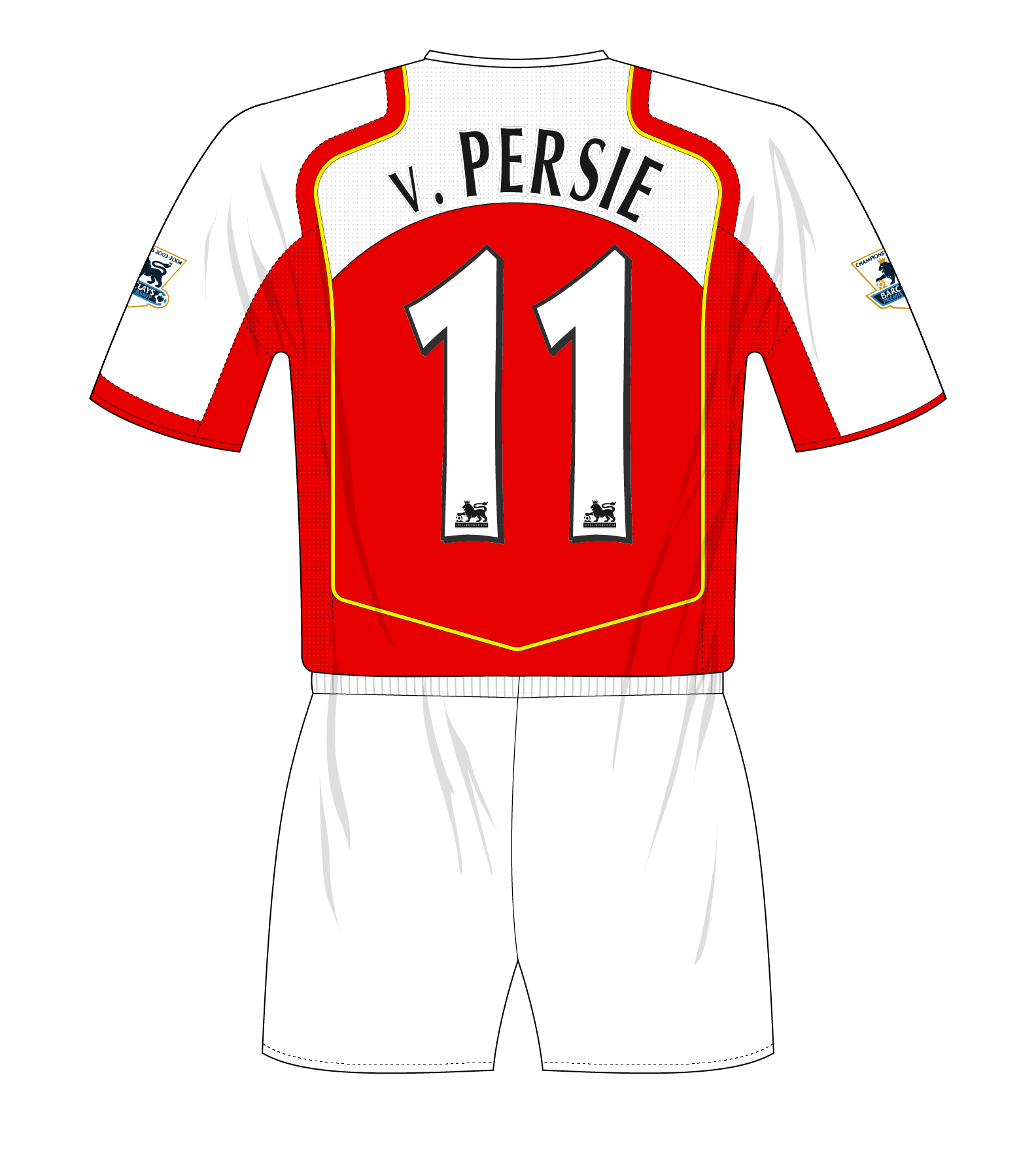
Having been hampered by injuries in his earlier years, in 2010-11 van Persie enjoyed his best season up to then, scoring 18 goals in 25 league games, and he carried that form into 2011-12, winning the Premier League Golden Boot with 30 goals in 38 matches. By that stage, he had also inherited the captaincy, following Fàbregas’s return to Barcelona.
He would retain the Golden Boot in 2012-13, though by that stage he was helping Manchester United to the title, having wanted to leave Arsenal to win trophies.
Jack Wilshere (2012-19)
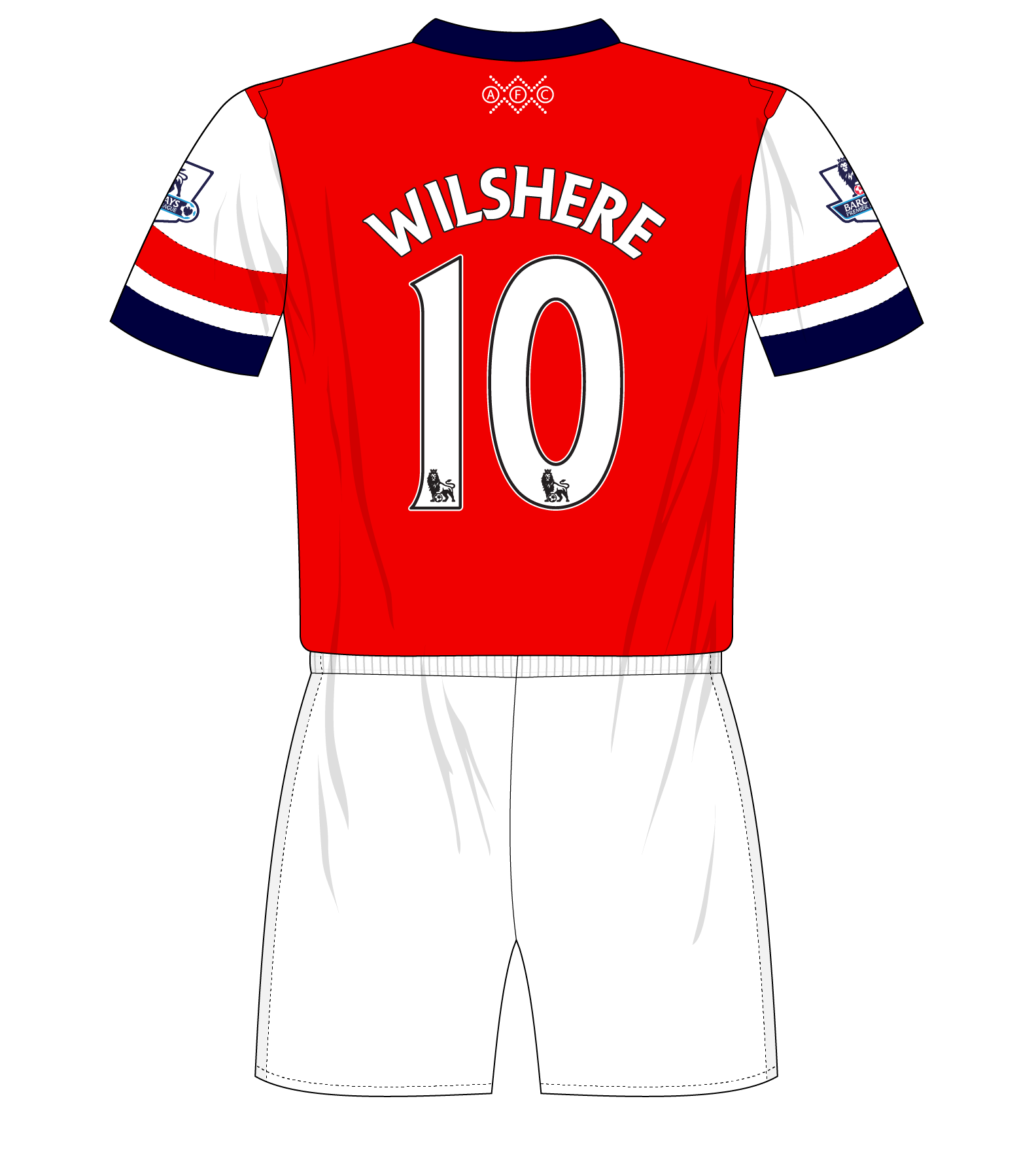
The England midfielder had had a superb breakthrough season in 2010-11 wearing the number 19 shirt, but a stress fracture ankle injury in the summer of 2011 meant that he missed all of that season.

In late July 2012, Arsenal published their 2012-13 squad numbers with van Persie still listed as 10 – even though his desire to leave was an open secret – while new signing Lukas Podolski’s number was described as yet to be confirmed.
The expectation was that Podolski would take 10 as soon as van Persie exited, but instead Arsenal issued a revised list on the eve of the season – Wilshere would take 10 with Podolski as number 9, forcing Park Chu-young to move to 30, while another new signing, Santi Cazorla, had Wilshere’s old 19.
Taking 10 was seen as an indication that Wilshere wanted to play further up the field, but Wenger preferred to use him in a deeper role, when available – he was limited to just three games in 2015-16, as Arsenal finished second to Leicester City, and spent 2016-17 with Bournemouth. He did return to play 38 games in all competitions in 2017-18, but he was not offered a new contract. He joined West Ham United but again injuries meant he only played 19 times in three seasons and a return to Bournemouth for 2020-21 was similarly frustrating.
Mesut Özil (2019-21)
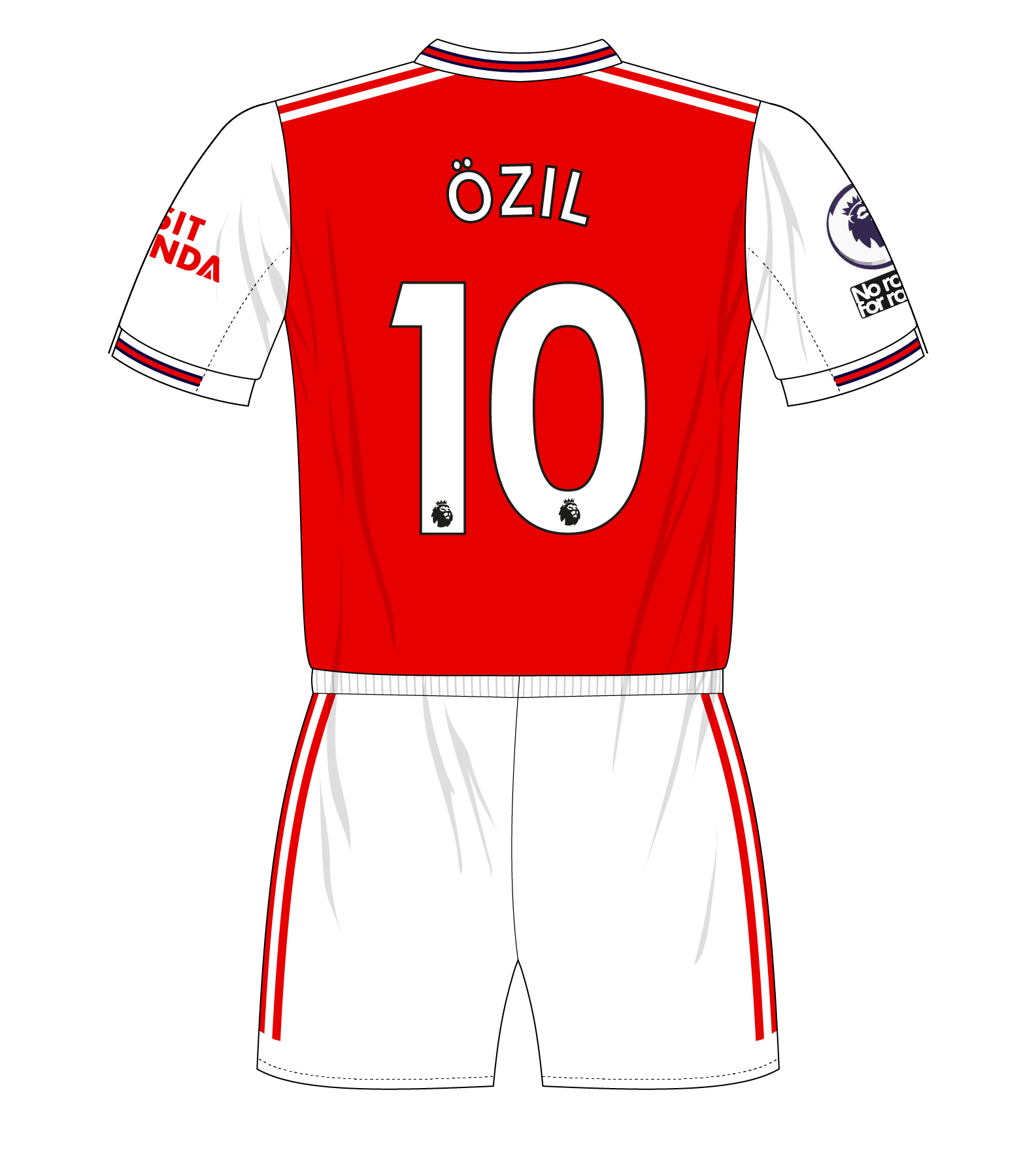
Özil had been number 10 at Real Madrid – switching from 23 at the start of his second season there, 20111-12.

However, with Wilshere in possession of the shirt at Arsenal when the German international joined in 2013, he had to make do with the 11 which had been freed up following the departure of Brazilian left-back André Santos.
While Özil was unquestionably the team’s ‘number 10’ – in 2015-16, he almost matched Thierry Henry’s Premier League record for assists in a season – but Wilshere’s presence meant he couldn’t wear it for his club while, ironically, his clubmate Podolski had it for Germany, for whom Özil wore 8.
Eventually, he was able to switch in 2019, replicating van Persie’s move of nine years earlier, but he only wore it on the field for three-quarters of a season. Whereas Wenger had indulged Özil, his replacement Unai Emery and later Mikel Arteta found it more difficult to fit him into their gameplans and he didn’t play for Arsenal after football resumed following the first Covid-19 lockdown in the spring of 2020.
He remained at Arsenal for the remainder of that calendar year before joining Fenerbahçe in January of this year – he wears 67 there, for family reasons.
***
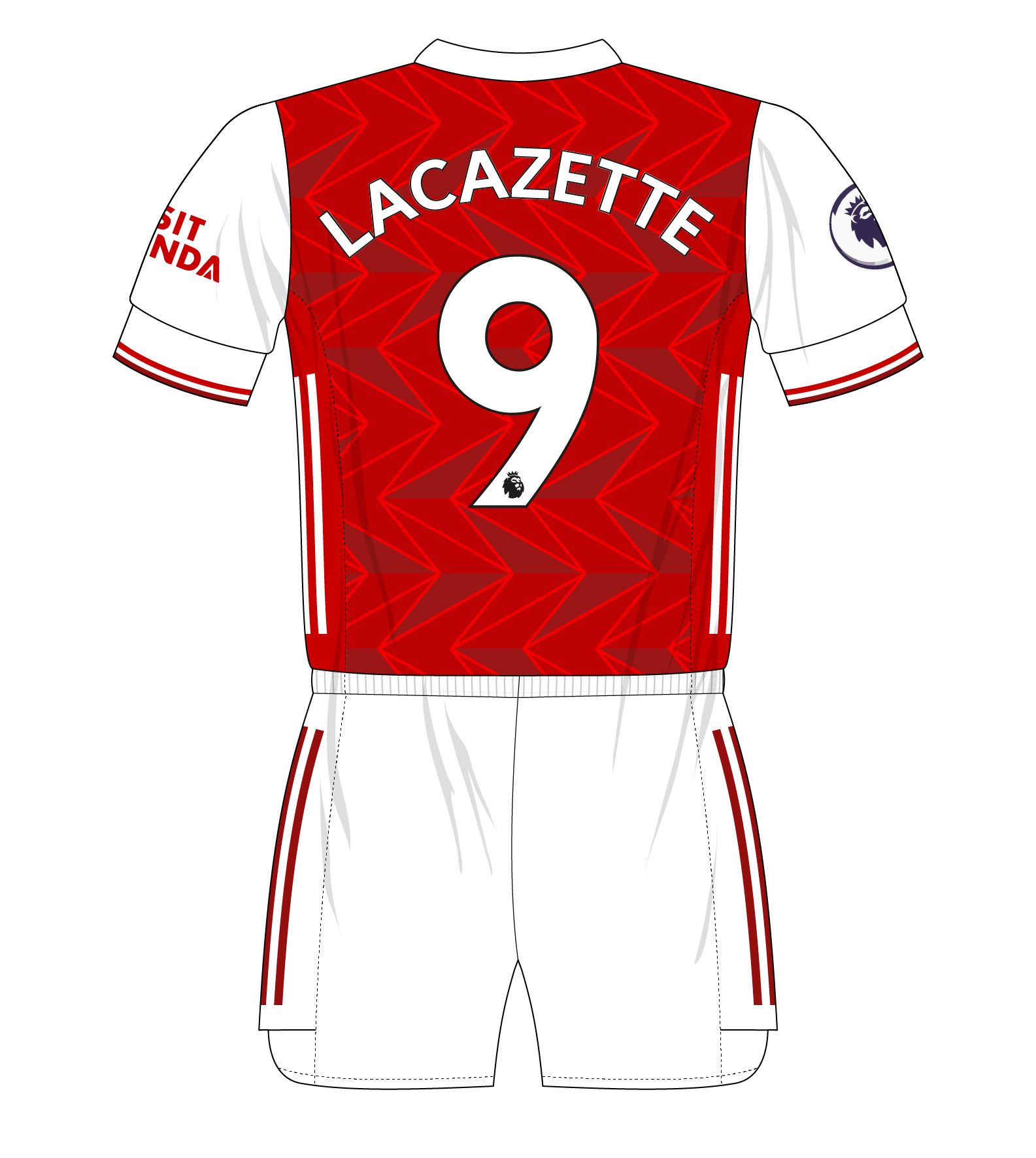
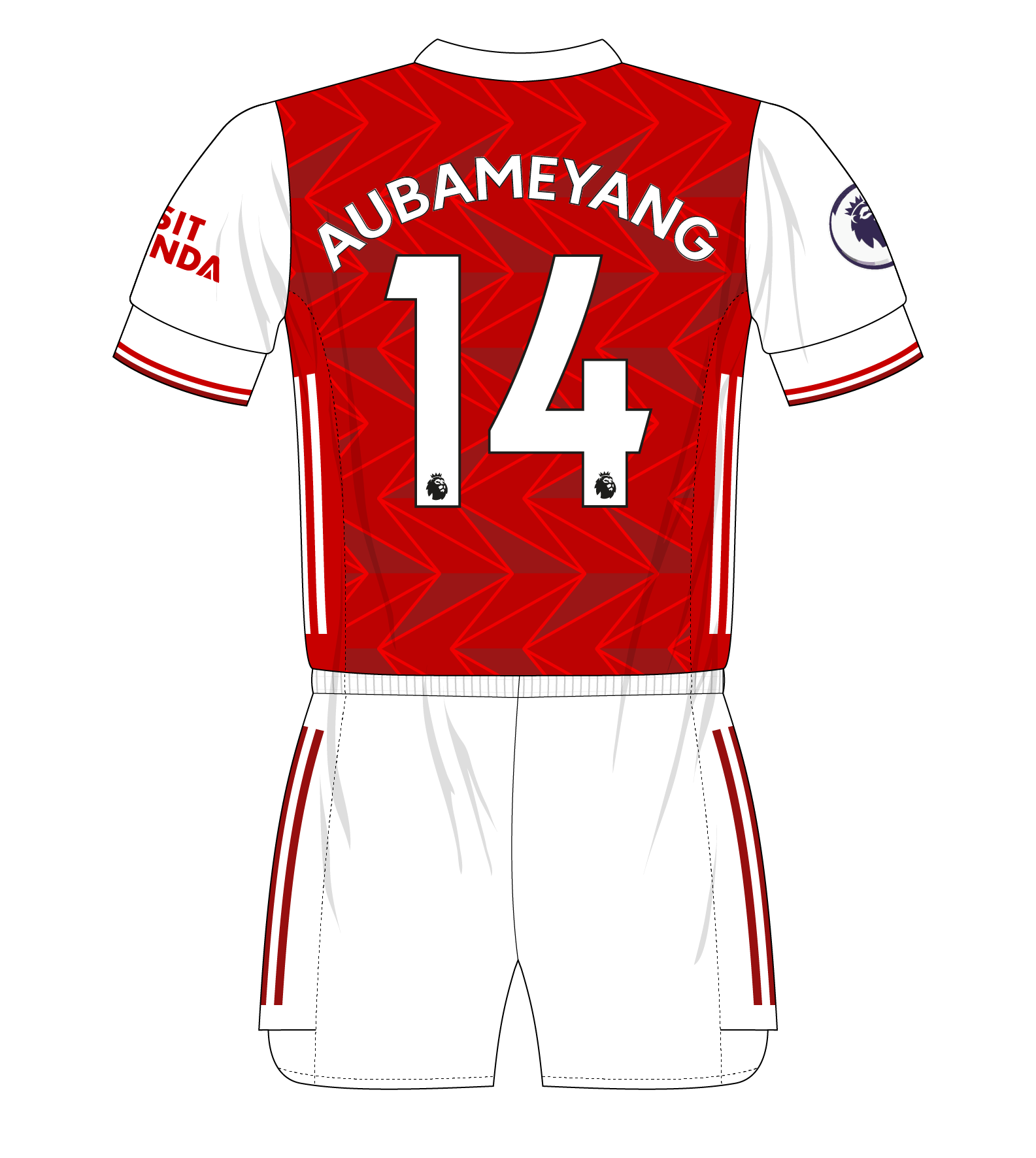
So who will succeed Özil? In the wake of his departure, there were stories based on an Instagram conversation between Arsenal captain Pierre-Emerick Aubameyang and Alexandre Lacazette, who wear numbers 14 and 9 respectively, but it was in jest and neither would appear to be a serious option.

Aubameyang previously stated that his preferences were 7 or 9, but Henrikh Mkhitaryan had joined just before him and taken 7, while Lacazette had 9. Aubameyang took Thierry Henry’s 14 instead and opted to keep it after Mkhitaryan left, so a move to 10 would be strange. Similarly, Lacazette did previously wear 10 for Lyon, but he is more of a 9 style-wise and isn’t likely to be at Emirates Stadium beyond the end of his current contract.
In such a landscape, the obvious choice to take 10 if Emile Smith Rowe, who currently wears 32, having previously had 55. He is the closest in style to Özil in the current squad and a number change would underline his growth in status as a key man. Furthermore, having Smith Rowe as 10 alongside Bukayo Saka as 7 would be a clear indicator as to the future direction of Arsenal under Arteta.







No Comment